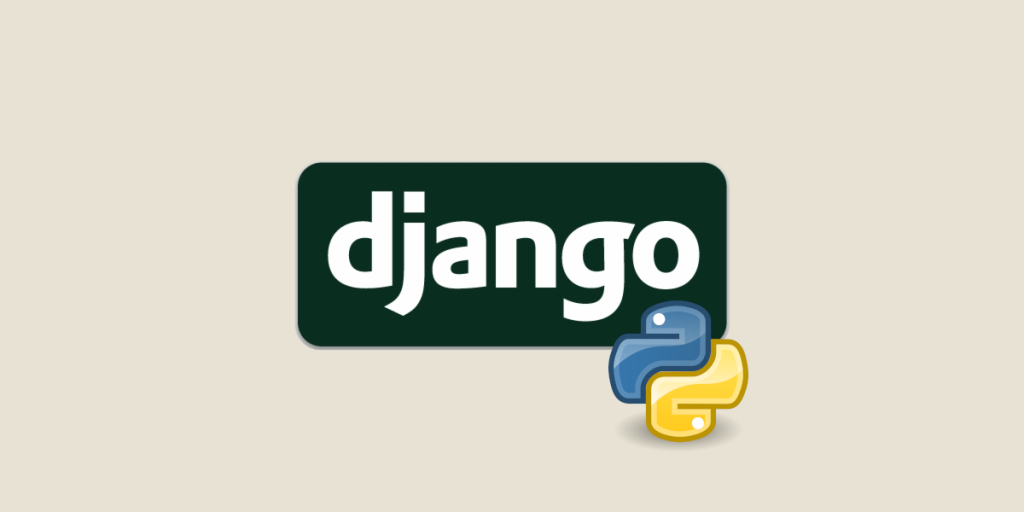Use the autocomplete.trevoreyre.com API to improve user experience with JavaScript auto-completion search fields.
In our Django web application, we successfully implemented an auto-complete search box that offers efficiency and convenience to our users. This achievement was made possible by integrating the autocomplete.trevoreyre.com API, which greatly enhances the functionality of our search tool. With this exciting addition, our customers now have the advantage of receiving real-time suggestions as they type, leading to improved search performance and ultimately, heightened levels of customer satisfaction. In order to ensure a consistently positive user experience, it is imperative that we approach mistakes with understanding and continuously strive to enhance the auto-complete search box. By doing so, we can enhance the search capabilities of our Django application, providing users with a seamless and highly effective search experience overall.

Providing users with a smooth and effective search experience is crucial for any web application in the fast-paced digital world of today. Adding an auto-complete option, which offers users suggested search phrases as they write, is one efficient method to improve the search capability. We'll look at how to use the autocomplete.trevoreyre.com API to create a JavaScript auto-complete search field in a Django web application in this blog post.
Why use an auto-complete search field?
An auto-complete search box not only enhances the user experience by decreasing the time and effort necessary to access relevant content, but it also assists users in generating more accurate search queries. Users may rapidly discover what they're looking for thanks to real-time suggestions, resulting in increased engagement and pleasure.
Getting started:
Before we get started, let's create our Django project and incorporate the autocomplete.trevoreyre.com API.
To set up Django, use the instructions below to establish a new project and app.
>django-admin startproject myproject
>cd myproject
>python manage.py startapp myapp
Next, we will move forward with the integration of the auto-complete search field into our Django application. To facilitate the handling of AJAX requests and the retrieval of auto-complete suggestions from the API, it is necessary to develop a Django view. This particular view will be tasked with processing the requests and supplying the required data. To illustrate this concept, let's delve into a straightforward example.
def get_names(request):
search=request.GET.get('search')
file_names=[]
if search:
objs=UploadFile.objects.filter(owner=request.user,file__startswith=search)
for obj in objs:
file_names.append({
'name':str(obj.file),
'id':str(obj.id)
})
return JsonResponse({
'status':True,
'names':file_names
})
In order to configure URL routing, it is necessary to assign the autocomplete view to a particular URL endpoint within the urls.py file of your Django application.
# myproject/urls.py
from django.urls import path
from myapp.views import autocomplete
urlpatterns = [
path('autocomplete/', autocomplete, name='autocomplete'),
# Other URL patterns...
]
Afterwards, it is necessary to include the JavaScript code that is essential for handling user input and presenting auto-complete choices. To accomplish this, you can utilize tools such as jQuery to simplify the procedure. Here is a basic illustration that demonstrates how this can be achieved using jQuery.
<div id="autocomplete" class="autocomplete">
<input
class="autocomplete-input"
placeholder="Search Wikipedia"
aria-label="Search Wikipedia"
/>
<ul class="autocomplete-result-list">ul>
div>
<script>
new Autocomplete("#autocomplete", {
search: (input) => {
// console.log(input);
const url = `/get-names/?search=${input}`;
return new Promise((resolve) => {
fetch(url)
.then((response) => response.json())
.then((data) => {
// console.log(data.names);
resolve(data.names);
});
});
},
renderResult: (result, propes) => {
if (result !== "") {
let group = "";
if (result.index % 3 == 0) {
group = `
Group
`;
}
return `
${group}
${propes}>${result.name}
}
},
});
script>
In our Django web application, we successfully implemented an auto-complete search box that offers efficiency and convenience to our users. This achievement was made possible by integrating the autocomplete.trevoreyre.com API, which greatly enhances the functionality of our search tool. With this exciting addition, our customers now have the advantage of receiving real-time suggestions as they type, leading to improved search performance and ultimately, heightened levels of customer satisfaction. In order to ensure a consistently positive user experience, it is imperative that we approach mistakes with understanding and continuously strive to enhance the auto-complete search box. By doing so, we can enhance the search capabilities of our Django application, providing users with a seamless and highly effective search experience overall.
What's Your Reaction?
































